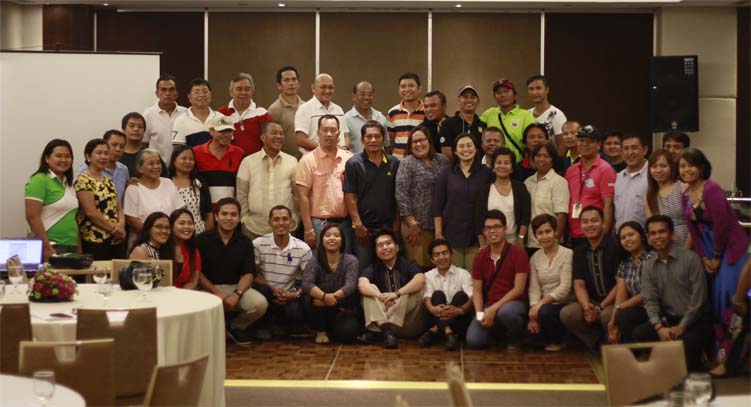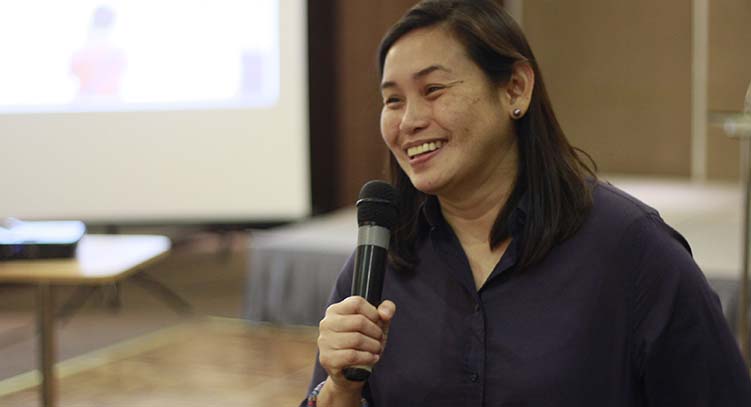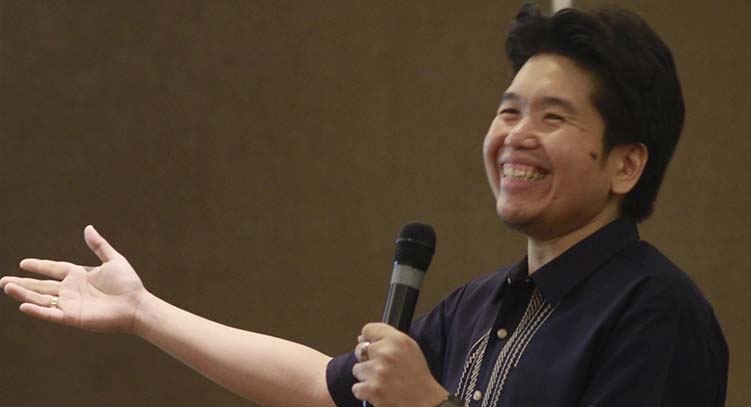Text by Stephen J Pedroza | Photos by Anthony Jacob C Karagdag
Xavier University commended the leaders of select hazard-prone communities in Cagayan de Oro City for successfully crafting their Barangay Disaster Risk Reduction and Management (BDRRM) plans.
“We congratulate and thank the barangay leaders who responded to our call to be part of this DRRM program aimed at empowering the community in times of disasters,” said Dr Hilly Ann Roa-Quiaoit, XU vice-president for Research and Social Outreach (RSO). “The University hopes that these plans will be useful in making our barangays resilient, more prepared for disasters.”
The XU-DRRM team and community leaders along with their respective coaches converged during the official culminating activity held on July 21 at the Limketkai Luxe Hotel.
Paradigm shift
The training program, which started in July 2014, pre-selected 45 barangays with high risks to disasters such as floods, earthquakes, landslides, storm surge and human-induced hazards.
These barangays were identified using the scientific findings and hazard maps produced by XU - Engineering Resource Center (ERC), XU - Geographic Information System (GIS) and other research organizations.
“This program must be part of our sustainability measures against disaster risks,” Dr Quiaoit continued. “This is not a program that will just end after a year; we need to prepare intensively for disasters as part of the paradigm shift.”
This one-year engagement drew together local leaders, community members and coaches from XU to collaborate in enhancing the capabilities of the participating barangays and in producing a “more comprehensive, responsive and useful BDRRM plan.”
As has been illustrated in the catastrophes the country has faced, the poor have been the most vulnerable to disasters. However, some economically challenged communities have produced promising BDRRM models and strategies despite their limited funds.
As explained in numerous occasions by ERC director Engr Dexter Lo, “Risk is the combination of hazards, exposure and vulnerability.” Lo also highlighted that even as hazards such as flooding and earthquakes occur, if there are no people exposed to such events, there would be no risk and thus no disaster. Similarly, if the people who might be affected by such hazards will be able to prepare and decrease their vulnerability, the risk of disaster would also be minimized.
Community collaboration
The BDRRM plans of the participating hazard-prone barangays centered on five areas, namely, research, capacity building, advocacy, response, and resettlement.
The 28 select faculty and staff coming from various offices of XU who served as coaches started visiting their assigned barangays in August 2014 and they were given five months to conduct capacity-building interventions and planning activities.
“I encountered a lot of struggles in dealing with the community but what is important is overcoming the challenges,” recounted Anna Fe Sanfra N Jarap, admin officer of XU - Year of Service (YOS), who served as the coach of Brgy Macabalan.
In Jarap’s testimonial, she shared three important takeaways from this engagement: build good rapport with the community; always remember the reason for doing this program and its objectives; and have the passion and patience in empowering the community through the BDRRM plan.
Barangays Macabalan, Indahag and Taglimao were the top three communities recognized during the awarding ceremony for having outstanding BDRRM plans.
“We are truly grateful to XU for making us part of this DRRM program,” shared Brgy Indahag chairwoman Melitona B Patriano, adding that the plan they made is essential in proliferating their advocacy on disaster preparedness among her constituents.
“We have come to realize our roles as members of the community and this program has empowered on how to address disasters,” Patriano continued.
Besides Dr Quiaoit and Engr Lo, the awarding ceremony was also frontlined by Cagayan de Oro City Risk Reduction and Management Office (CDODRRMO) officer-in-charge Allan A Porcadilla and Office of Civil Defense (OCD) regional director Ana C Caneda, who is also the chairwoman of the RDRRMC-Region 10.
XUSI as the key
In pursuit of institutionalizing its sustainable programs in DRRM, XU also launched its Sustainability Institute geared towards building and strengthening community-based engagements and producing knowledge products from the University’s experiences in environmental advocacies, relief operations, resettlement and values formation, among others.
“In moving forward, we need to sustain the DRRM programs of XU and to be able to see disasters as a perspective in looking at our development models,” Lo said, highlighting the role of an academic institution such as XU in bringing the science of disasters closer to the communities.
XU Sustainability Institute (XUSI) aims to lead the University in the development of DRRM - Climate Change Adaptation (CCA) competencies through research, community collaborations and its expertise in the fields of medicine, communications, engineering and technology.
XUSI (which sounds like “susi” or the Filipino term for “key”) also targets to foster partnerships with government units and agencies, academic institutions, businesses and civil society organizations, among others.
With the vision of becoming “a leading Sustainability Institute in Southeast Asia by 2025,” Lo said that XUSI intends to capacitate and support local leaders to take part in a globalized exchange of DRRM experiences and lessons with other communities in the ASEAN region.
When asked what inspires XUSI to work for DRRM, Lo answered: “As a university, we are passionate to work for DRRM because we are all in this together, in building better communities with sustainable development and inclusive growth.”


